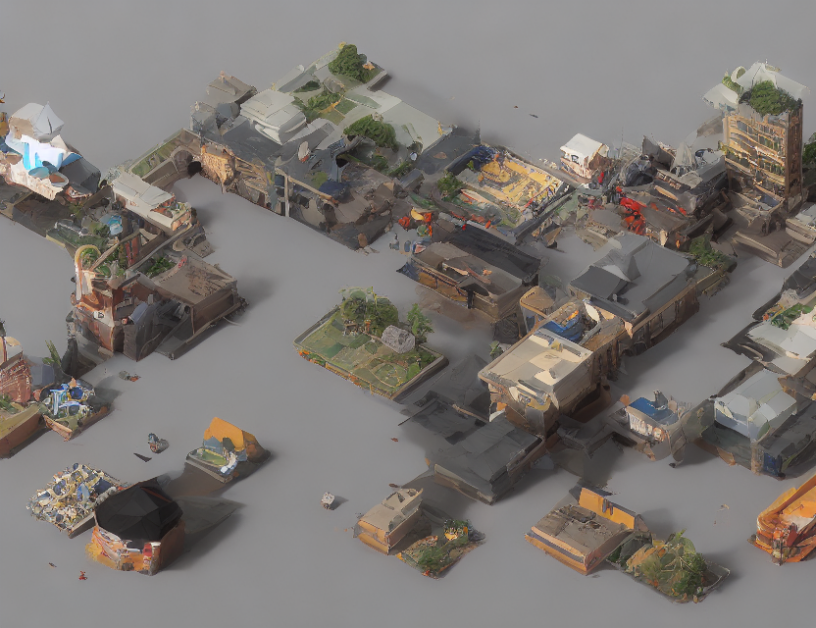Semantic correspondence is the task of matching images based on their content, rather than just color or texture. This is a challenging problem because there are many different ways that an image can be matched to another image, and it’s difficult to know which match is the best one. In this article, the authors propose a new method for learning semantic correspondence using sparse annotations.
Sparse annotations mean that only a few parts of an image are labeled, rather than the entire thing. This makes it easier to learn semantic correspondence because there are fewer labels to worry about. The authors use a technique called Transformer-based architecture to deal with unpaired data with expanded data, which means they can use data from multiple images that haven’t been labeled together before.
The authors demonstrate their method on several challenging datasets and show that it outperforms other state-of-the-art methods. They also show that their method is more robust to different types of corruptions and perturbations, which means it can handle real-world images that have been distorted or degraded in some way.
The authors conclude that their method provides a more general and robust approach to semantic correspondence learning, which can be applied to a wide range of computer vision tasks such as object recognition, scene understanding, and 3D reconstruction. They also highlight the potential for future research in this area, including exploring new architectures and using different types of annotations.
In summary, the article presents a new method for learning semantic correspondence using sparse annotations, which is more efficient, robust, and generalizable than traditional methods. The authors demonstrate their approach on several challenging datasets and show its effectiveness in handling real-world images with various corruptions and perturbations. The proposed method has important implications for computer vision tasks that rely on semantic correspondence, such as object recognition, scene understanding, and 3D reconstruction.
Computer Science, Computer Vision and Pattern Recognition
Unlocking Semantic Correspondence with Unpaired Images: A New Frontier



